
Kyoto Adashino Nenbutsu-ji 1 of 4
Shozo FujiiTo the East is Toribeno, to the West is Adashino. These two areas of Kyoto are known as the burying grounds of people that have died from war, natural disaster, or disease.

Adashino Nenbutsu-ji is a Buddhist temple in Ukyo-ku, Kyoto, Japan. In 811 Kūkai is said to have founded a temple, then Honen altered it to the present Nenbutsuji. [Wikipedia]

To the East is Toribeno, to the West is Adashino. These two areas of Kyoto are known as the burying grounds of people that have died from war, natural disaster, or disease.

To the East is Toribeno, to the West is Adashino. These two areas of Kyoto are known as the burying grounds of people that have died from war, natural disaster, or disease

Off to the side of the area where mizuko (water children) jizo statues are, up a steep hill surrounded by a bamboo forest rests the "six-sided, six-bodies of jizo" monument. Part 3 of a 4 part series of Kyoto Adashino Nenbutsu-ji.

1,200 years ago where Adashino Nenbutsu-ji now stands, the famous priest Kobo Daishi (also known as Kukai) opened a Chisan sect Shingon Buddhist temple dedicated to Nyorai. It later became Adashino Nenbutsu-ji.
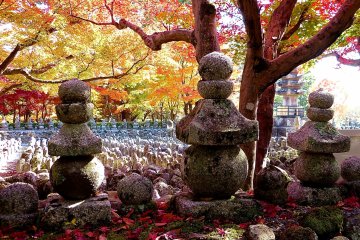
More than 800 stone statues sit close together at Adashino Nenbutsu-ji Temple. Splendid autumn leaves put their arms around the statues and give them a comforting hug. The location of today’s Adashino Nenbutsu-ji Temple (northwest outskirts of Kyoto) was once a location used for open-air burial. As the years passed, the bones withered and scattered in the fields and mountains. A hundred years ago, locals collected the bones and buried them in this temple as a way to grieve for the dead.

It's hard to explain why, but the atmosphere here soothed and relaxed me. Perhaps it was the beauty of the autumn foliage. But I was surprised -- perhaps I didn't expect to feel peaceful in a place that was originally an open-air burial site. The temple was established over 1200 years ago by Kobo Daishi. Only accessible by bus (it's a 50-minute ride!) I felt that my time was very well spent. It's quiet here, and not overly crowded, perhaps because it is so far away from central Kyoto. There i a bamboo grove up behind the temple that is also quite nice.
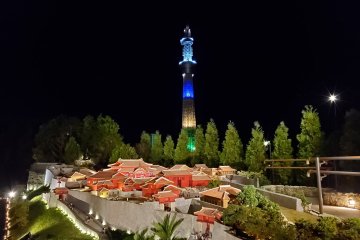
Tochigi's Tobu World Square is home to over 100 reproductions of famous buildings on a miniature scale. For a limited period this December and January, the park will be illuminating these incredible mini structures so that visitors can appreciate them after dark.
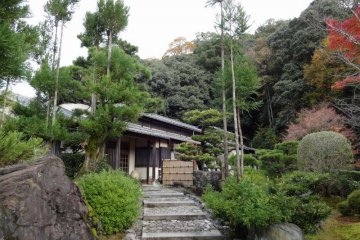
A hidden gem, Ryokan Yamazaki is worth the 30 minute bus ride from central Kyoto. Tranquil surroundings, hearty food and family treatment will start & end your day right.
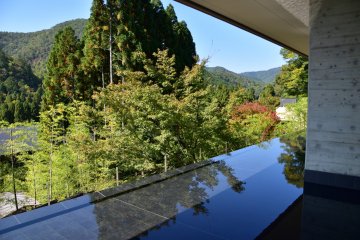
Tokyu Harvest Club Kyoto Takagamine & Viala is a gorgeous hotel inside the historical Shozan Resort Kyoto.

Close to Nijo Castle in Japan's most historic city, this stylish, modern hotel is comfortable, well located and supremely affordable.

This new restaurant is easily accessible by foot from Arashiyama Bamboo Forest, Arashiyama Station, and Saga-Arashiyama Station, making it an ideal spot to try authentic Japanese gyukatsu. Elevate your already unforgettable trip with an equally memorable meal.
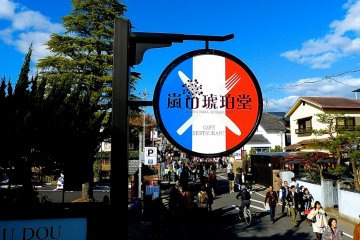
Kohaku-do is a casual French restaurant in Kyoto, Arashiyama. It is situated just a few minutes from Tenryu-ji Temple. And other train stations such as JR Saga-Arashiyama, Arashiyama Station on the Keifuku Dentetsu Line and Hankyu Line are all within a few minutes walk. The price range for the lunch sets is 2000-3000 yen, including hors d’oeuvre, soup, bread, a main dish, desert and a drink-bar. We ordered grilled whitefish and a hamburg steak. Both of the main dishes were quite good!
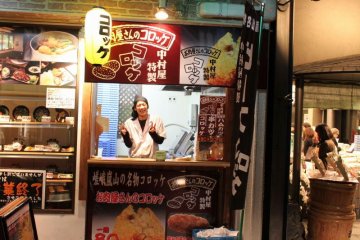
Foods Choices in Arashiyama. Serene eating encounters with eel or energy of the masses
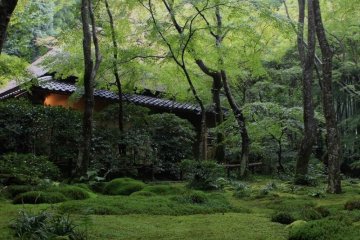
Gioji Temple (祇王寺) is a secluded Buddhist temple known for its picturesque moss garden.
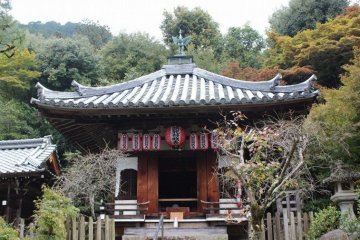
Nison-in is a Tendai Buddhist temple complex in Ukyō-ku, a western ward in the city of Kyoto, Japan. The temple's official name is Ogura-yama Nison-kyō-in Keidai-ji. The temple is a popular destination during the Japanese maple viewing season. [Wikipedia]

Ōkōchi Sansō is the former home and garden of the Japanese jidaigeki actor Denjirō Ōkōchi in Arashiyama, Kyoto. The villa is open to the public for an admission fee and is known for its gardens and views of the Kyoto area. Several of the buildings are recorded as cultural properties by the national government. [Wikipedia]